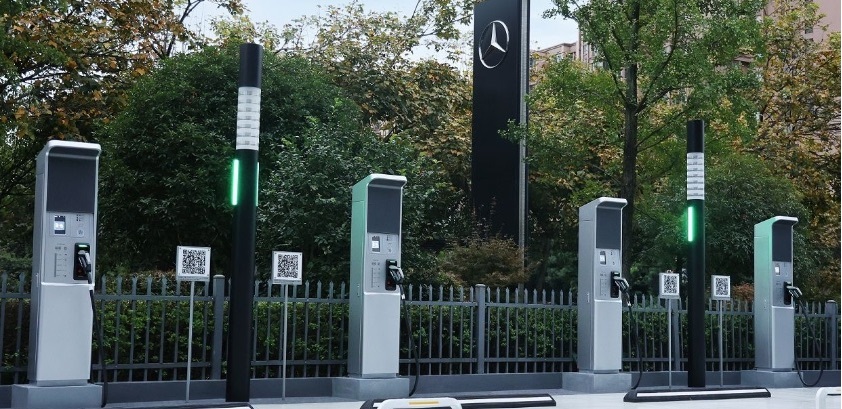
Während China die Reichweitenangst mildert, kämpft Europa weiterhin damit: Welche Maßnahmen könnten übernommen werden?
In the Asian giant, range anxiety has evolved into a focus on charging convenience, but in Europe, the situation is different. Here, charging station manufacturers play a crucial role. What steps is China taking to address this issue?
In recent days, China’s National Energy Administration announced that the country now has 10.60 million charging points for electric vehicles (EVs), a figure that represents a 53% increase from the previous year.
Of this total, 3.209 million are public, and the remaining 7.394 million are private.
According to Zou Peng, Executive Secretary-General of the China Electric Vehicle Charging Infrastructure Promotion Alliance (EVCIPA), the country operates “the world’s largest charging and swapping service network.”
The total charging and swapping capacity has exceeded 160 million kilowatts, meeting the charging needs of more than 24 million new energy vehicles.
As a result, range anxiety, the primary challenge to widespread EV adoption, has evolved into a focus on charging convenience.
However, the situation in Europe is different.
Several industry players have expressed to Mobility Portal that users still fear being stranded due to a lack of stations.

“China took early steps in adopting EVs. It differs from Europe in several aspects, such as driving habits, parking conditions, and grid support,” explains Joe Lin, CEO of Rheidon Tech, a company based in the Asian giant.
“To advance the transition to electromobility, there are many strategies to consider, but a key point I would like to highlight is addressing range anxiety,” he comments in an interview with Mobility Portal Europe.
The industry often attempts to resolve this issue by providing batteries or installing larger and faster public direct current (DC) charging infrastructure.
However, according to Lin, a “simple” way to start addressing this is for people to “charge their EVs when they are not using them.”
“Considering that 50% of European families live in houses, they can easily install home chargers,” he adds.
Here, charging station manufacturers play a crucial role, as they must produce user-friendly products.
“Providing better home charging infrastructure for drivers would be one of the most efficient ways to address range anxiety,” affirms the CEO of Rheidon Tech.
It is important to tackle this challenge because, as Jeroen Jonker, a business consultant in electric mobility and energy, mentioned to Mobility Portal Europe, “there are more and more people who do not have their own home charger and therefore rely on public charging.”
How is China progressing with the installation of charging points?
There’s no doubt that the Asian giant is making significant strides in the installation of charging points.
Even, recently, the construction of ultra-fast charging stations on the motorways connecting the central cities of Chengdu and Chongqing was announced.

However, some challenges still remain.
While there are already at least 27,200 stations in service areas along motorways across China, only a third of the provinces cover all their cities with these points.
Additionally, a report published in April this year reveals that the expansion of charging stations in rural areas has not kept pace with the accelerated trend of EV adoption nationwide.
In this regard, the China Electric Vehicle Charging Infrastructure Promotion Alliance highlights the need for faster development and deployment in these regions.
News Source:
